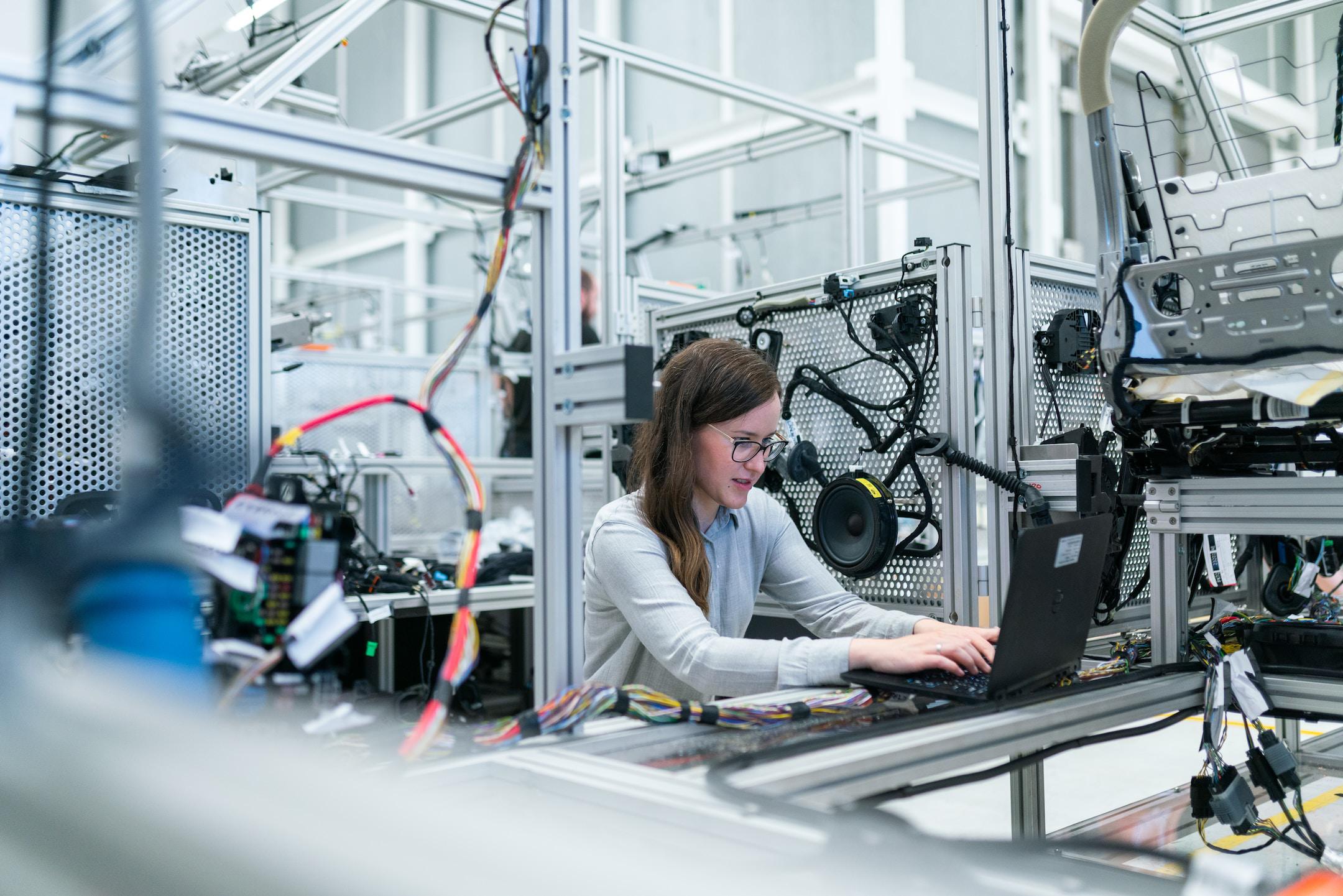
Expanding an existing manufacturing facility is a complex undertaking filled with many steps and key decisions. As a firm that provides expertise to biotech and pharmaceutical companies through clinical trials and commercialization, Bothwell Engineering understands the intricacies involved when clients look to expand their manufacturing footprint.
In this post, we’ll explore in-depth strategies and best practices to help guide manufacturers through a successful facility expansion. Whether you need to upgrade infrastructure, design a flexible layout, improve quality systems, or take a phased approach, this guide will walk through critical expansion considerations.
The first major step is analyzing your current production volumes, manufacturing capabilities, and capacity constraints. Compare this to projected output requirements over the next 5-10 years based on expected business growth, new product introductions, and market demand. Developing accurate forecasts through capacity planning assessments will determine expansion scope and timelines. You want to avoid both underbuilding and overbuilding by right-sizing added space to meet current and future needs.
Upgrading fundamental facility infrastructure should rank high on any expansion project. Closely evaluate power and water supply, material flow pathways, wastewater/discharge systems, HVAC and ventilation demands, and other essential services. Identify any infrastructure upgrades or added capacity required to sustain higher production volumes and large-scale operations. Expansions also provide an opportunity to implement newer technologies or automation to streamline manufacturing processes.
When designing facility layouts, focus on multifunctional spaces, moveable equipment, partition walls, and modular design. Building in flexibility allows reconfiguration of production lines, workflows, and floor plans as needs evolve. Options like movable walls, adaptable utility connections, and reconfigurable space enable modification as products change. A flexible layout accommodates business fluctuations and positions you for long-term growth.
Be sure to factor in additional lab space for advanced equipment qualification, expanded quality control testing, and stronger analytical capabilities. This enables continuous improvement processes and rigorous testing of new products. Investing in testing labs and quality systems is crucial for flawless execution as you scale production volume and complexity.
Incorporate dedicated zones for team collaboration, such as conference rooms, shared office environments, and open lounge areas. These areas promote critical knowledge sharing, strengthen internal alignment, and foster innovation. They also provide workspaces where external partners and third-parties can collaborate directly with your staff onsite.
Carefully map out a phased expansion approach to balance immediate business needs with future goals. A modular build-out allows you to add capabilities, space, and capacity over time. Install base structural and utility components upfront to simplify executing planned phases down the line. Be sure to secure regulatory approvals for the complete master plan from the outset.
At the end of the day, a successful expansion sets your manufacturing operations up for the future while meeting your current capacity needs. If done right, your new facility footprint will be able to evolve with your organization over time. This allows you to get the most value from your expansion investment.
If you need any guidance as you plan out your manufacturing growth, the experts at Bothwell Engineering are here to help. We've worked with numerous companies to optimize their facility expansions and can provide advice or consulting around your unique needs. Please reach out - we're always happy to chat through best practices and lessons learned from past projects. Here's wishing you much success as you take this exciting next step!